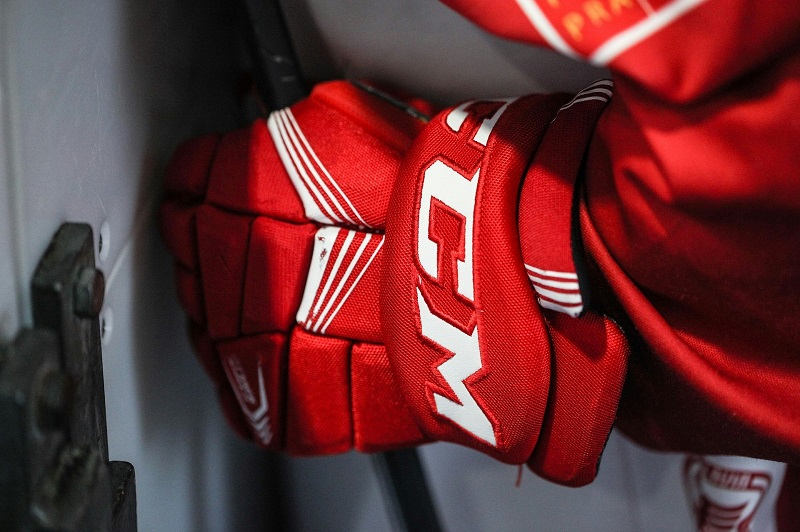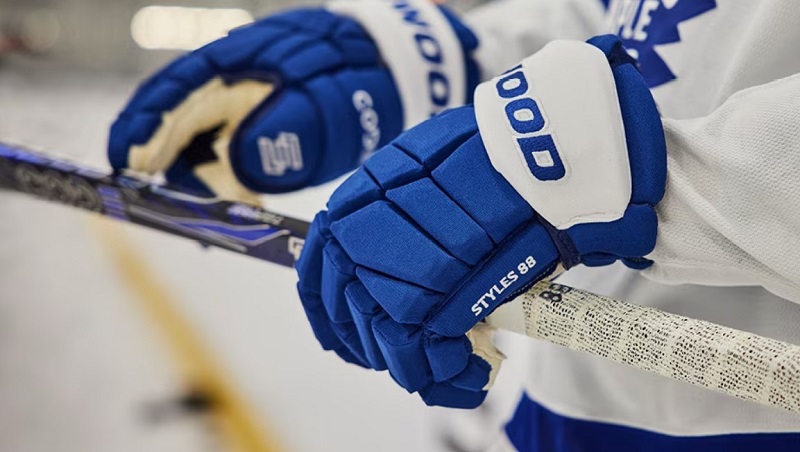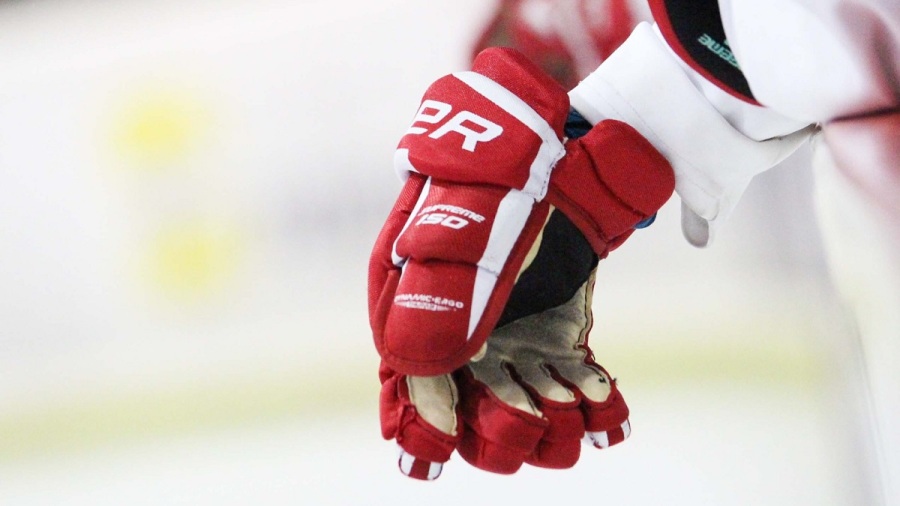As the inventors of modern ice hockey, we Canadians should be well-acquainted with the ins and outs of the game. In this intense sport, where pucks fly around with the speed of light, your gear isn’t just an accessory, but your armour. Hockey gloves are among the most important pieces of safety gear. So, buckle up and get ready to explore the essential factors you should consider ensuring your hands are ready for the game and primed for victory.
Brand Reputation

If you want high-quality gear, you should look for ice hockey gloves from top brands like Bauer, CCM, Warrior, etc. Established brands with a good reputation have honed their craftsmanship over the years, earning the trust of players at every skill level. Their logo is like a seal of approval that promises quality. These companies often invest in research and development, pushing the boundaries of design and technology to ensure that every pair provides protection and a competitive edge on the ice. After all, in the fast-paced world of ice hockey, where split-second decisions can determine the outcome, high-quality gloves can make all the difference between a routine play and a game-changing moment.
Material
Another crucial aspect that can greatly impact your game is the material that your protective hockey gloves are made of. This factor shapes your on-ice experience, influences your comfort, and impacts your performance. Most low-quality gloves typically have padding made of single-density foam. This type of padding is a bit weak and doesn’t offer good protection. Gloves in the middle range will have an additional high-density foam layer above this one, and even better models feature plastic inserts. If you want to investigate what yours are made of, you can squeeze the sides. If you can feel multiple layers, you’ll know that you have high-quality gear in your hands. High-quality designs often have more cushioning in specific places, like the outer edges of your hands and your fingers, which is a major advantage.
The shell (the part covering the cushioning) should be thicker, more durable, and preferably made of nylon. On the other hand, the palms should be made of high-grade leather that’s more resilient and ideally reinforces in parts that receive a lot of damage. Those who want to play frequently should consider this kind of reinforcement since some parts of the palm can deteriorate more quickly than others.
Lastly, the thumb on all ice hockey gloves is protected and doesn’t bend backward. As they point down the stick, this protects your thumb from injury in case someone tries to forcefully take your stick out of your hands. Even though you’ll need some time to get used to your new gloves, high-quality models give your hands more flexibility. However, the thumb should never be fully flexible.
Size and Fit
Hockey gloves in Canada are typically measured in inches. Models that measure 13, 14, and 15 inches are often classified as adult sizes, and those that are below 13 inches are classified as junior. This measurement shows the space between the base of your fingers and the point where your inner elbow bends. This may seem like an odd approach for measurement, but it comes from a time when this gear was considerably longer than it is now.
Personal Preference
When it comes to the glove width, this is something you need to choose for yourself. Anything featuring a 4-roll layout will often fit rather broadly in a “traditional” sense, however, other types are either tight or in between. Additionally, you can decide on the level of protection you want. Designs that offer greater mobility tend to be less protective, whereas those with longer cuffs that cover more of the wrist and forearm offer more protection.
To help you make an informed purchase, here are the most popular brands and their distinct fits:
-Snug/mid fit: Bauer (Supreme, Vapour), Warrior (Alpha, Covert), CCM’s Jetspeed, Sherwood’s Nexon;
-Large fit: Bauer’s Nexus, Sherwood (5030, T90), Warrior (Dynasty, Bonafide, Remix), Eastern Pro, CCM (4Roll, SuperTacks).
Lifespan

The palm area of your hockey gloves is typically the first part to get damaged – especially the part that supports the top of the stick. Several factors will determine how long it will take for this to happen: how frequently you play, what kind of tape you have on your stick, the extent to which you move your hand, and the sort of glove you’re wearing. It might take several years or less than a year for it to start showing signs of damage.
Playing Style and Position
Should my playing position influence my choice of hockey gloves? Yes, this plays a major role in selecting new gloves! For example, a defenseman should go for a roomier, conventional fit that’s more suited for vigorous play, while a winger would seek a lower-profile, ergonomic fit to enhance mobility and agility. On the other hand, a center should be able to move the puck with their wrists free, yet still have a reactive stick feel.
These various demands influence the way that the main manufacturers design their products. Well-known manufacturers such as Bauer, CCM, and others provide gloves in a variety of sizes and profiles to meet the demands and preferences of every player. The Bauer Vapor line and CCM’s Jetspeed gloves are lightweight and provide a snug fit for more efficient play. These are ideal for players who prioritize speed and agility. Bauer’s Supreme brand and CCM’s Tacks line provide extra coverage for checks, blocks, flying sticks, and pucks, making them ideal for defensemen.
